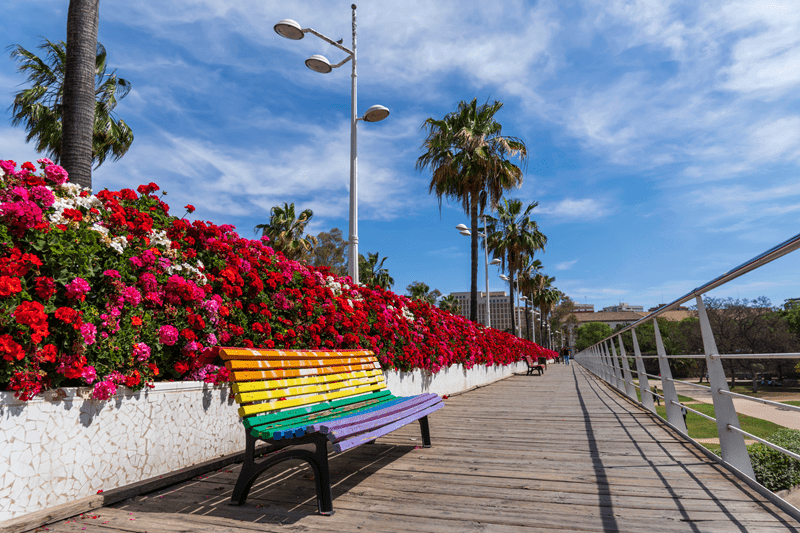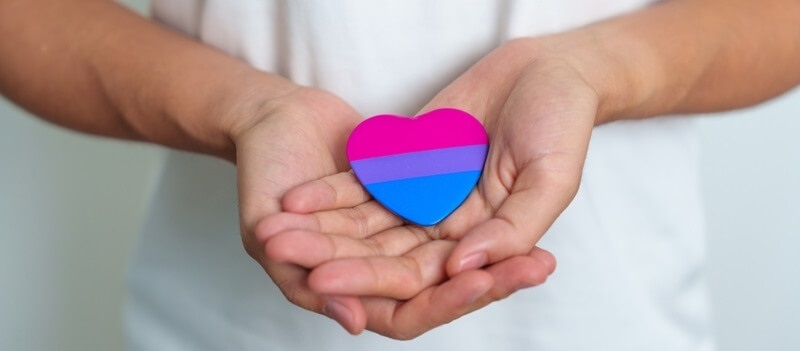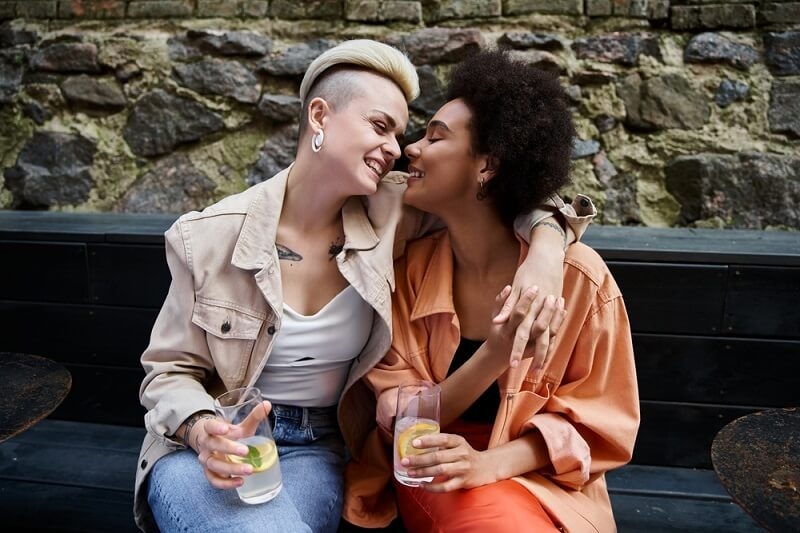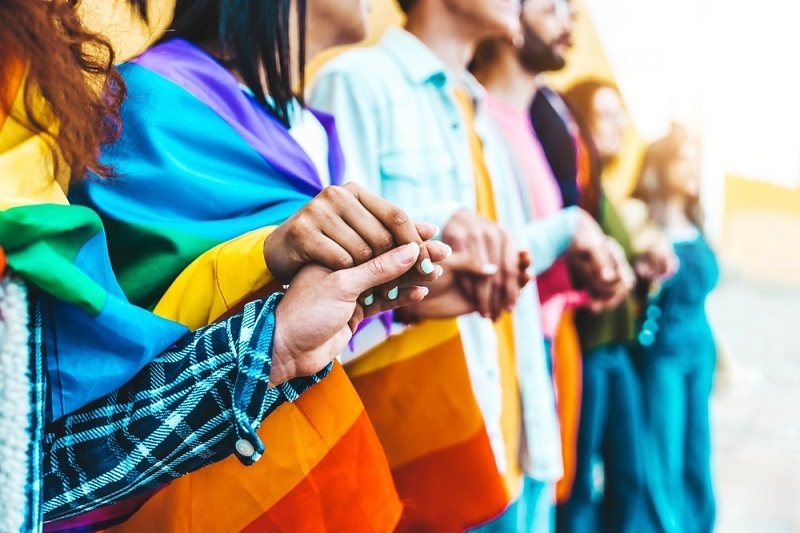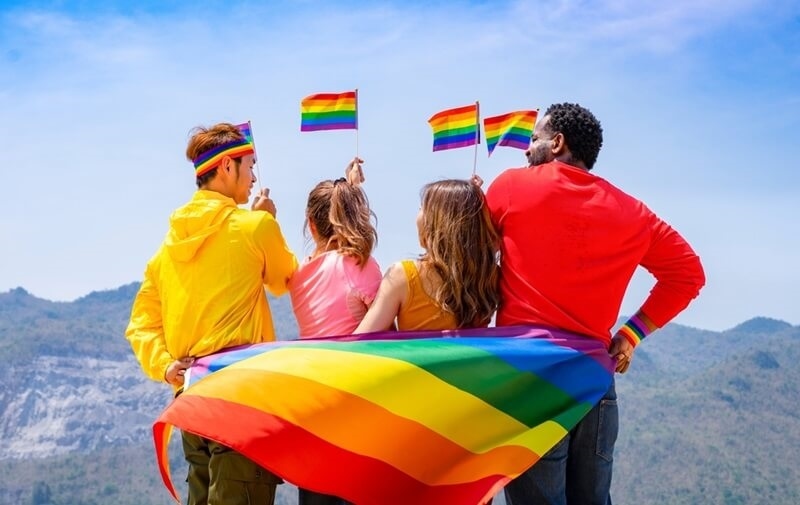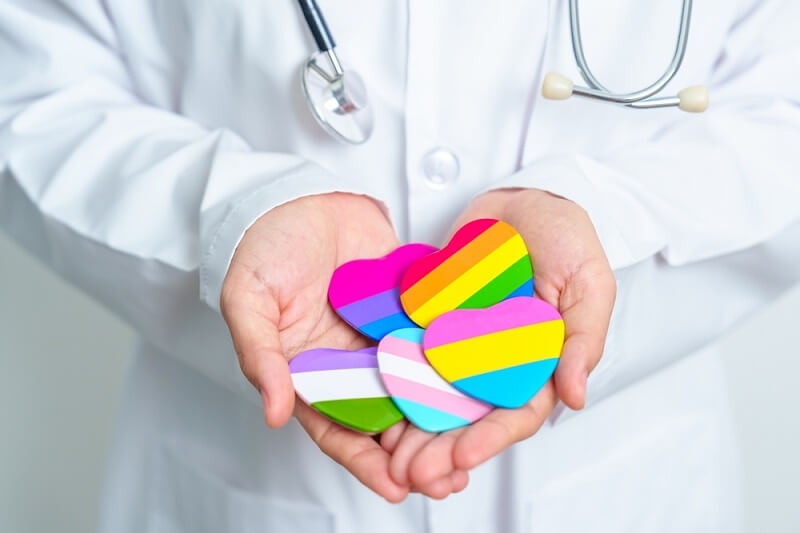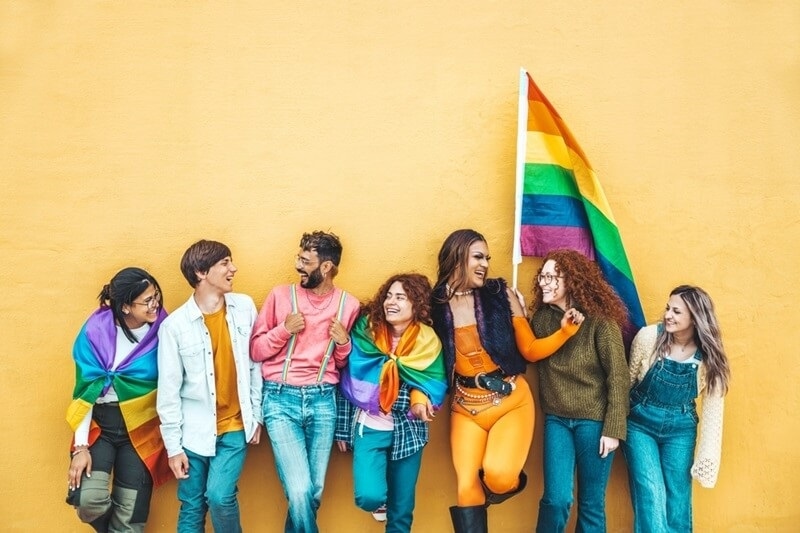Quick Move-Ins and the Lesbian Relationship Timeline

Each relationship is different, and every relationship takes a different pace when it comes to love. Yet in the dating circles of lesbians, this is not a rare occurrence to hear topics of jokes or heartfelt stories of singles who move in together after the first few dates. Although it might seem an extreme case in the eyes of some people, there is usually a more profound emotional bond and mutual comprehension that makes things move faster. In this blog, we are going to find out the relationship timeline as far as lesbian relationships are concerned, why things are moving too fast, and the indications that you should be mindful of as far as your relationship is going too fast. It is time to explore specific reasons behind the hectic speed, give realistic lesbian relationship tips.
The Typical Lesbian Relationship Timeline
There are standard patterns that most lesbian couples appear to adhere to, but each couple is unique. Identifying such a timeline will enable you to find out what is normal and what may be too quick.
Stage 1: Instant Connection and Intense Conversations
Numerous lesbians say that they have quite an emotional and mental bond, even at the beginning of the first date. Intimate talks, opening up, and connecting over similar experiences frequently occur in the initial stages.
Stage 2: Quick Exclusivity
Lesbians tend to commit to one another at a very early stage of the relationship as compared the different dating trends. It may be the consequence of emotional closeness and trusting with only several weeks of dating.
Stage 3: Spending All Their Time Together
Suddenly, both partners are always together. Weekends turn into weekdays, and eventually, it feels more natural to just stay over all the time. This is where the joke “What does a lesbian bring on a second date? A U-Haul” comes from—it reflects the quick progression to cohabitation.
Stage 4: Moving In Together
This often happens within 3–6 months. For many lesbian couples, moving in feels like the next natural step because they already spend so much time together and have built a strong bond.
Stage 5: Building a Life as Partners
After moving in, couples begin sharing finances, adopting pets, planning long-term goals, and sometimes even discussing marriage or children, often much earlier than in heterosexual relationships.
Why Do Lesbians Move In So Quickly?
It’s a question that’s often asked, sometimes with confusion, sometimes with judgment. But there are real emotional and social reasons behind this fast pace in the lesbian relationship timeline.
Emotional Intimacy Develops Quickly
Women, in general, tend to be more open emotionally. In lesbian relationships, this mutual emotional openness leads to deep intimacy early on. Sharing feelings, fears, dreams, and past experiences creates a strong bond that can feel like love quickly.
Shared Experiences and Identity
Lesbians often have shared experiences of coming out, discrimination, or navigating society’s expectations. This mutual understanding creates a safe space that encourages vulnerability and trust, two key ingredients for fast bonding.
Comfort and Safety
When two women connect romantically, there’s often a strong sense of emotional safety. This comfort makes it easy to relax, be yourself, and let your guard down, which speeds up emotional connection and physical closeness.
Limited Dating Pool
In many places, especially smaller towns or conservative communities, the lesbian dating pool can be limited. When you find someone you click with, it feels precious, and there may be an unspoken pressure to move quickly before the chance is gone.
Signs a Relationship Is Moving Too Fast
Fast isn’t always bad, but it’s important to know the signs a relationship is moving too fast, especially if you're starting to feel overwhelmed, confused, or unsure.
You Feel Pressure to Commit
If you're saying “I love you,” moving in, or making big decisions because you feel pressured (not because you’re ready), that’s a red flag. A healthy relationship gives you space to grow at your own pace.
You’re Losing Your Identity
Are you skipping plans with friends, ignoring hobbies, or reshaping your life around your partner? Moving fast often means the relationship takes over everything—this can lead to burnout and loss of self.
You Don’t Know Each Other Well
If you’re living together or making big plans but still don’t know the basics—like each other’s values, family history, or how they handle stress—you might be skipping important steps.
Constant Highs and Lows
Rapid emotional bonding can sometimes create drama. If your relationship feels like a rollercoaster, with intense passion followed by fights or confusion, it might be moving too quickly for both of you to process healthily.

Healthy Lesbian Relationship Advice
Not every fast-moving relationship is unhealthy—but balance is key. Here are some lesbian relationship advice tips to help you grow a strong, lasting connection.
Take Time to Learn Each Other’s Past
Before moving in or making big commitments, talk about each other’s pasts. Childhood experiences, past relationships, trauma, and even finances—knowing these will help you build a deeper bond and avoid surprises later.
Keep Space for Individual Lives
Even in love, everyone needs space. Continue seeing friends, spending time alone, and pursuing personal goals. Independence within a relationship is healthy.
Have Realistic Conversations
Talk about goals, conflict styles, finances, and values. A strong relationship needs more than love—it needs teamwork, communication, and mutual respect.
What If It’s a Long-Distance Relationship?
If you're navigating a lesbian long-distance relationship, the dynamic may look different, but the emotional intensity can still make things feel fast.
Emotional Closeness Comes First
Long-distance relationships are often built on long conversations, texts, and deep emotional sharing. This can create a strong emotional bond early on, even if you've never met in person.
Travel Plans Happen Quickly
Because you want to see each other, trips get planned fast. Sometimes couples visit for a weekend and extend it to a week or more. It’s easy to fall into an intense rhythm quickly.
Talk About Realistic Expectations
Before closing the distance, talk about the challenges of living, moving cities, or changing jobs.
Slowing Down Without Losing the Spark
Sometimes, couples recognize they’re moving too fast but worry that slowing down will hurt the relationship. It won’t—if the connection is real, it will last.
Set Healthy Boundaries
Talk about what each of you needs. Maybe you decide not to move in yet or agree to spend a few days a week apart. These boundaries create breathing room.
Reflect Together
Have open talks about why things moved quickly. Were you escaping loneliness? Feeling pressure? Understanding your motives helps you make better choices moving forward.
Conclusion
The Lesbian dating timeline does not progress at the usual speed-it is especially slower than the conventional dating trends. Emotional security, strong belonging, similarity, and ease all contribute significantly to this socio speed. Although it may cause great and eternal love, one should check up on oneself and his/her partner. In cases where you are in a long-distance relationship or seeing each other every day, ensure the relationship between you is developing at a gradually increasing rate that is comfortable to you and your companion. Having honest communication, respecting each other, and having healthy boundaries, even if a relationship goes fast, may become a loving one that lasts.






